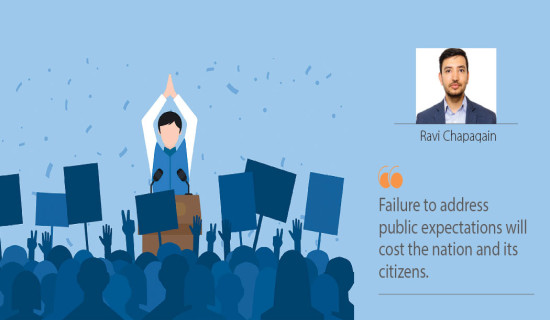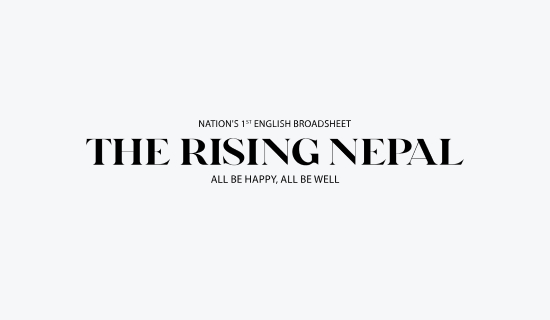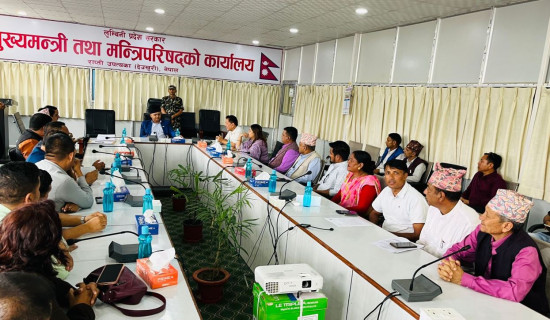- Friday, 6 June 2025
Sifting Misinformation On Health
With the advent of various digital platforms, health information is more easily accessible to the public. Those residing in even rural areas of developing nations like Nepal can learn about their ailments through platforms like YouTube, Google and TikTok, among others. The digital revolution has expanded the frontier of knowledge and enabled people to access useful information about their health. However, it has also raised concerns over a wave of "health misinformation," which refers to content lacking scientific evidence. This is more important in the context of epidemics and pandemics. In Nepal, where the health literacy rate is not on a par with that of developed nations and varies geographically, it is necessary to be more aware of the misleading digital health content.
There has been an upsurge in digital connectivity in Nepal, mainly due to widespread smartphone use. The Nepal Telecommunications Authority states that over 90 per cent of the population owns mobile phones, with the proliferation of internet services in villages. Sometimes, the social networking sites are trusted more than those of healthcare professionals. Digital progress has considerable advantages. Public health campaigns have utilised digital platforms to raise awareness about health issues like COVID-19, maternal health, and vaccinations. There are applications to track diseases, book appointments and disseminate health education.
A boon for public health
Though radio and television remain relevant, mobile phones are now the leading source of health information for many, especially in rural areas where access to healthcare is limited. If a mother can identify symptoms of pneumonia in an infant or an adult learns about lifestyle modification tools for high cholesterol and diabetes through online information, it must be considered a boon for the public. Online health accessibility has narrowed the urban-rural health gap. It has enhanced health awareness and patient engagement. Digital applications for medication reminders, nutrition recommendations, and exercise tracking have improved control and boosted patients' self-efficacy.
On the flip side, digital health content is laden with misinformation and untruths about evidence-based medicine. A 2022 WHO bulletin review of 17 studies found that the health misinformation on Twitter, Facebook, YouTube, and Instagram ranged from 0.2 per cent to 28.8 per cent. Kbaier D et al. (2024) found that up to 87 per cent of tobacco- and drug-related posts and 43 per cent of vaccine-related posts on Twitter contained misinformation. Some researchers have coined the term "infodemic," referring to the barrage of specious health content on the internet. Medically untrained people may present flawed online health content. It may entice patients to make erroneous assumptions about their diagnosis and prescribed management.
During the COVID-19 pandemic, infodemic ruled the roost. Propaganda, unproven scientific claims, and conspiracy theories, their actual incidence, mortality and morbidity filled the digital platforms. Online content promoting herbal remedies instead of medical treatment, skepticism about diagnosis, prevention, and treatment, and vaccine hesitancy posed hindrances in containing the pandemic. Skafle I et al. (2022) review showed misinformation-related vaccine hesitancy rates ranging from 6 per cent to 37 per cent, varying by region. Similar misinformation surrounds chronic diseases. Unverified cures for diabetes, hypertension, and cancer flood social media, while evidence-based treatments are sometimes discredited. Some patients abandon proven therapies with dangerous outcomes. Even educated audiences are swayed by half-truths and emotional stories.
Factors besides the spread of misinformation in Nepal are multifold. Low health literacy makes it difficult for people to judge the credibility of the content. Distrust in the healthcare system, fueled by underfunding and inequality, makes alternative narratives more appealing. Language barriers can also worsen this, as reliable information is often technical or in English, while misinformation is disseminated through local languages with attractive headings and thumbnails.
Social media algorithms prioritise sensational and emotional content, while seemingly over-nuanced yet accurate messages are not spotlighted. Nepal also lacks vigorous regulatory law enforcement against false digital health content.
Chandrasekaran et al. (2024) reported that over 80 per cent of U.S. adults became the victims of health misinformation online, with minority groups like Hispanic and Asian individuals, younger adults, and lower-income populations being more vulnerable. Such vulnerable groups are prevalent in Nepal's diverse socio-economic population, too. Misinformation delays healthcare seeking, triggers vaccine refusal, promotes antimicrobial misuse, and tempts people to inadvertently embrace unproven treatments. During COVID-19, many avoided visiting hospitals, relying on "immunity boosters," which worsened their disease. False narratives can impede the vaccination drive, especially in rural areas. Misinformation also erodes healthcare trust.
If healthcare professionals are portrayed as profit-driven and corrupt, patient-doctor relationships plummet. Consequences include misinterpretation of evidence, resource misallocation and increased public polarisation. Misinformation falsely pinning the origin or spread of a disease on a particular ethnic or racial group can give rise to hate crimes. We can create a healthier information system through a whole-of-society approach. People should be equipped with tools to identify misinformation. Public health literacy campaigns should target schools and communities comprehensively. They should be supported by radio and TV, teaching people to verify sources and grasp basic health concepts.
The government should institute better surveillance and tighter regulations that flag false content and promote verified information. Regulatory laws on digital content should be fortified. Policies should be implemented to hold misinformation spreaders accountable without restricting the right to free speech. Furthermore, research initiatives should be taken to better understand health misinformation. Health professionals should also proactively engage in understanding patients' beliefs and values. This helps correct misinformation individually. Healthcare providers and organisations need training and encouragement to share accurate, culturally relevant knowledge online.
Reliable information
Reliable information must be prepared using apps, infographics, and videos in Nepali and regional languages. Influencers can help amplify trusted health messages by engaging audiences effectively. Journalists can even more carefully vet information by ensuring sources' credibility and considering potential biases. To counteract the infodemic, the federal and local government, private sectors, nonprofit organisations, media and research partners should work in close collaboration.
The digital revolution has brought an avalanche of health information to the public worldwide. Unfortunately, it has exposed them to malicious misinformation, too. At this critical juncture, our challenge is to create a digital health ecosystem rooted in truth and trust. This is even more important when we are battling repeated bouts of pandemics and epidemics. Combating misinformation, promoting accurate knowledge, and empowering every Nepali to make informed decisions are essential.
(The author is an Assistant Professor of Medicine, Baylor College of Medicine-Temple Campus, Texas.)



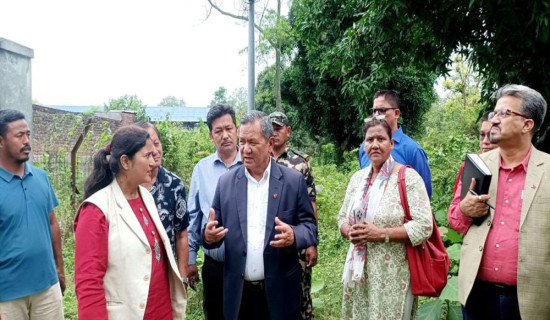

-square-thumb.jpg)
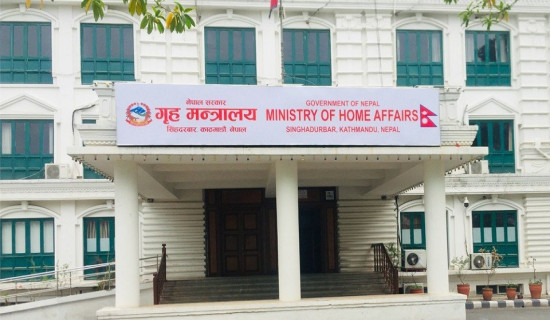
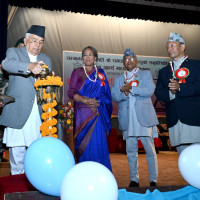
-square-thumb.jpg)



